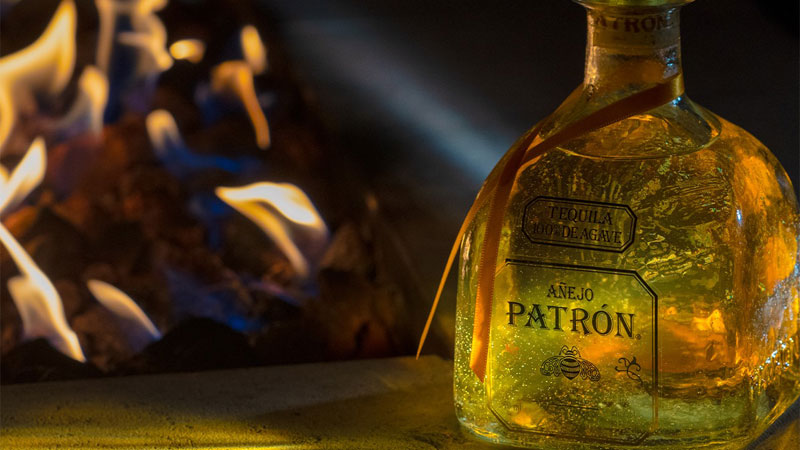
There’s something magical about putting a spirit inside a barrel and letting it age for months, or even years, until it becomes something entirely different. It’s almost like a little bit of alchemy is taking place as the liquid quietly interacts with the wood in ways we can’t see but will definitely enjoy at a later date. But the truth is that this isn’t alchemy or magic at all. On the contrary, it’s the confluence of science and natural processes, a great deal of patience, and the slow, inexorable creep of time.
As the weather cools down and we return to sipping aged spirits, it’s worth thinking about the way in which they are matured. Whiskey is the first thing most people think of when considering barrel-aged spirits, but tequila is just as familiar with the inside of a cask as its grainy cousin. There are a few different categories of aged tequila: Reposado is matured between two and 12 months, añejo between one and three years, and extra añejo for at least three years.
As the tequila rests inside the barrels (most often ex-bourbon casks but sometimes wine, Scotch, or others), a process almost like respiration is taking place. To put it simply, as the temperature changes over the seasons from hot to cold, or even over the course of a day, the liquid expands into the barrel’s wood and contracts out of it again, picking up all that wonderful color and flavor along the way. You don’t need to speed up the process or boost it in any way — all that is required is the foresight and patience to wait it out, and the faith that your distillate is of a high quality to begin with.

Unfortunately, some brands cut corners by using additives in their tequila to affect the color and flavor of the spirit. This is legally allowed, but discerning drinkers can often tell when they are being used. If you’ve ever had a tequila that tastes like vanilla candy, or has a color that belies its age, it doesn’t necessarily mean additives were used, but it’s a strong possibility. There are, however, certain brands that are proudly additive free, such as PATRÓN. Master distiller David Rodriguez and his team firmly believe that the use of additives is unnecessary in crafting tequila. Instead, traditional production methods like cooking the agave piñas, crushing them with a stone tahona, and carefully monitored aging in warehouses are the key steps required to make a delicious spirit.
PATRÓN carefully selects the types of barrels used to age its tequila, a crucial first step in the maturation process. The Reposado spends three to five months in new and used American, French, and Hungarian oak barrels, infusing the tequila with notes of oak and vanilla while still retaining its core agave-forward characteristics. Try using this in a Margarita to see how barrel aging changes the flavor of this classic drink, or substitute it for whiskey in a Manhattan. The Añejo is aged for 12 to 15 months in French and Hungarian oak as well as second-fill American bourbon barrels. The wood influence is greater here, but this is still a light and crisp tequila despite the pronounced notes of caramel, honey, and a touch of smoke. And the Extra Añejo spends at least three years in new and used American, Hungarian, and French oak barrels. This is a rich and decadent tequila with a deep copper hue, best sipped neat or perhaps with a large ice cube. It also works extremely well in an Old Fashioned as its tropical fruit and crème brûlée flavors make this one a whiskey lover’s choice.
The reality is that tequila doesn’t need additives when it’s properly distilled and matured. The effects of wood on an aged tequila aren’t magic, although it can be argued that they’re something approaching magical. So when you are looking for aged tequila to drink this fall and winter, look for spirits that have been confidently distilled and aged without the addition of chemical colors or flavors, a philosophy that embodies the spirit of PATRÓN.
This article is sponsored by PATRÓN.